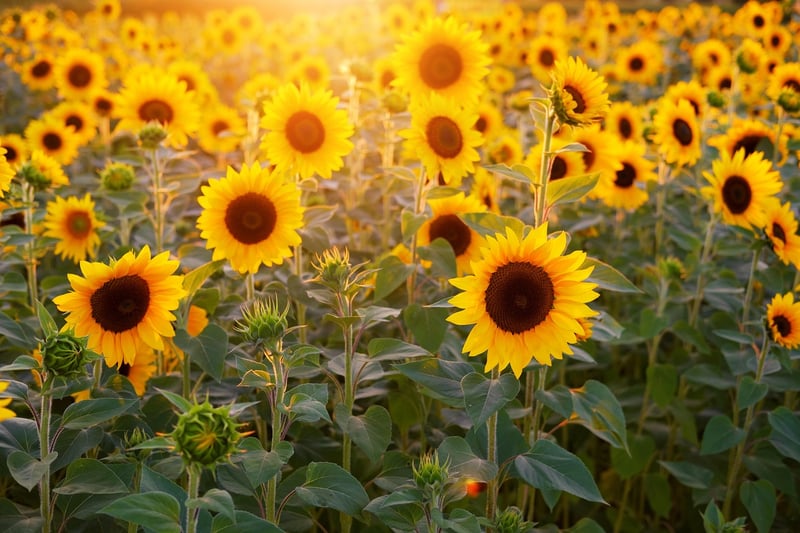Sunlight Requirements
Keep Your Garden Thriving: Understanding Sunlight Requirements

Having a thriving garden requires more than just watering and weeding. Understanding the sunlight requirements of your plants is crucial to their growth and overall health. Different plants have varying needs when it comes to sunlight, so it's essential to know how much sunlight your garden receives and which plants will thrive in those conditions.
Types of Sunlight Requirements
Plants are generally categorized into three groups based on their sunlight requirements:
- Full Sun: Plants that require at least 6-8 hours of direct sunlight per day.
- Partial Sun/Partial Shade: Plants that need 3-6 hours of sunlight per day.
- Shade: Plants that thrive in minimal sunlight or dappled shade.
Assessing Your Garden's Sunlight
To determine the sunlight conditions in your garden, observe it throughout the day. Note which areas receive direct sunlight, partial sun, or shade. This information will help you select the right plants for each location.
Choosing Plants Wisely
Once you know your garden's sunlight conditions, choose plants that are suitable for those areas. Here are some examples:
- Full Sun Plants: Sunflowers, tomatoes, peppers, and lavender.
- Partial Sun/Partial Shade Plants: Hostas, impatiens, and ferns.
- Shade Plants: Begonias, hostas, and ferns.
Tips for Sunlight Success
Here are some tips to help your plants thrive based on their sunlight requirements:
- Water plants according to their needs; sunlight affects soil moisture levels.
- Monitor plant growth and adjust their placement if they show signs of sunlight deficiency or overexposure.
- Use shade cloth or strategically placed containers to create shade for plants that need protection from intense sunlight.
By understanding and meeting the sunlight requirements of your plants, you can ensure a vibrant and healthy garden that flourishes throughout the seasons.
Remember, each plant is unique, so take the time to research and provide the optimal conditions for your garden to thrive!
